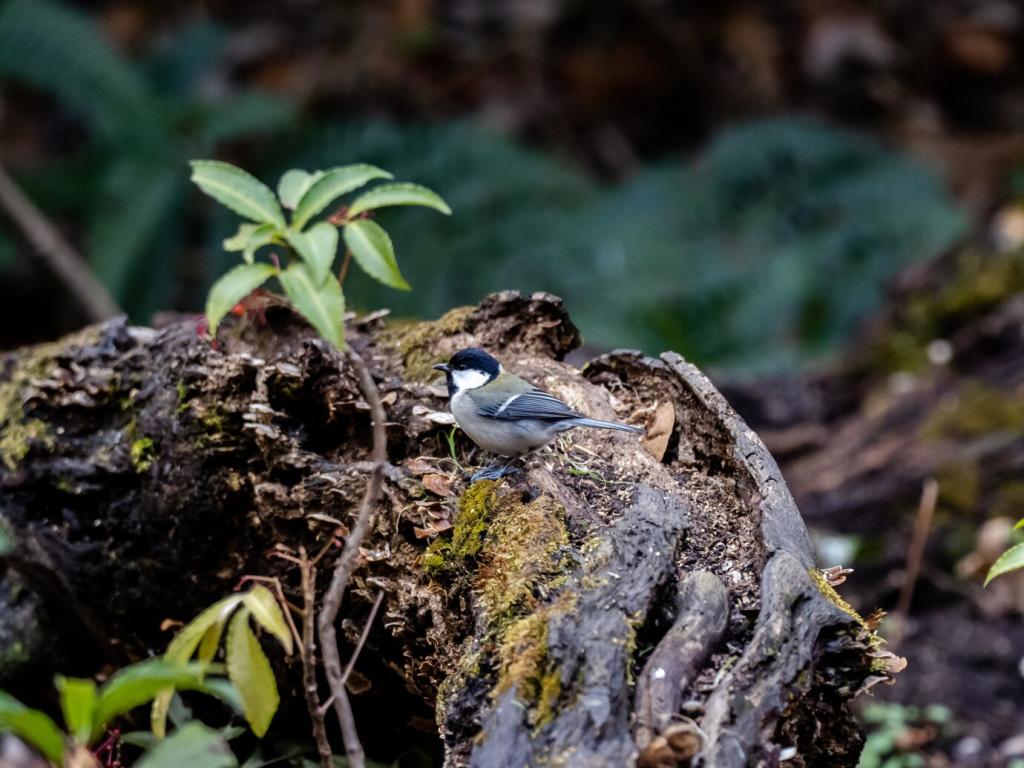
Sustainable Practices for Biodiversity Conservation
Chosen theme: Sustainable Practices for Biodiversity Conservation. Explore practical ways to protect life on Earth—across farms, cities, coasts, and wildlands—through regenerative methods, community stewardship, and science-driven action. Join us, share your experiences, and subscribe for fresh field notes and actionable inspiration.
Regenerative Agriculture: Bringing Soil Back to Life
Cover Crops as Living Armor
Planting diverse cover crops protects soil from erosion, feeds the underground food web, and suppresses weeds without chemical overload. On a small family farm in Iowa, a rye–vetch mix boosted soil organic matter and lured back ground beetles, visibly reducing pest pressure within two seasons.
Rotational Grazing That Mimics Migration
Moving livestock through paddocks in short, intense pulses allows grasses to recover, deepens roots, and increases habitat for insects and meadow birds. One rancher reported more meadowlarks and healthier riparian zones after shifting rotation frequency, proving biodiversity rewards patient, attentive management.
Compost and Biochar as Microbiome Boosters
Adding well-cured compost and biochar fosters fungal networks that shuttle nutrients across root zones. In drought-prone orchards, these amendments increased water-holding capacity and earthworm counts. If you have a garden, test a small compost patch this month and share your before-and-after wildlife sightings.
Connecting Habitats: Corridors That Let Species Move
Native shrubs and trees along field edges create shelter, nectar, and safe passage for insects, small mammals, and birds. A Californian almond grower planted layered hedgerows and documented higher native bee visits, lowering reliance on rented hives and improving orchard resilience over five years.

Indigenous Stewardship and Biocultural Diversity
Low-intensity cultural burns reduce fuel loads, promote seed germination, and maintain mosaic habitats for wildlife. After reintroducing cultural burning with Indigenous leadership, one Australian community saw rapid recovery of native orchids and small mammals. Respectful collaboration and training were foundational to this success.
Urban Biodiversity: Cities That Breathe
Layered roof plantings with native sedums, herbs, and grasses provide nectar across seasons and cool buildings. A neighborhood in Rotterdam linked roofs into a continuous corridor, and within two summers, long-absent butterflies returned. Start small with native planters and track visitors with a simple weekly log.
Urban Biodiversity: Cities That Breathe
Selecting locally adapted trees increases urban canopy resilience and supports specialist insects and birds. In Madrid, pocket parks occupying former parking spaces boosted shade and sparrow numbers. Organize a tree walk, gather residents’ favorites, and lobby for species diversity in upcoming planting cycles.


No-Take Zones and the Spillover Effect
Well-enforced marine reserves allow fish to grow larger and more fecund, replenishing nearby fisheries. On Apo Island, biomass rebounded and catches improved outside reserve borders. Community buy-in, clear boundaries, and consistent monitoring were crucial—consider supporting local groups that maintain markers and conduct surveys.
Gear Innovations That Spare Bycatch
Turtle excluder devices, circle hooks, and illuminated nets reduce unintended catch without sacrificing yield. A pilot in Peru using LED nets dropped bycatch dramatically while keeping target fish. If you work in seafood supply chains, ask vendors about gear trials and share results to accelerate adoption.
Mangroves, Marshes, and Seagrass as Carbon Arks
Coastal wetlands store vast blue carbon and shelter juvenile fish. In one village, replanting mangroves stabilized shorelines and brought back mud crabs, improving food security. Join a planting day or sponsor seedlings; track survival rates and celebrate the small victories with your community.
Policy and Finance: Aligning Incentives with Nature
Carefully designed credits, combined with concessional funds, can scale restoration while guarding against greenwashing. A watershed deal in Latin America funded upstream reforestation and downstream water security. Transparent baselines, community benefits, and long-term monitoring kept the project credible and fair.


Policy and Finance: Aligning Incentives with Nature
Redirecting harmful subsidies toward regenerative practices accelerates change. True-cost accounting reveals hidden costs of soil loss, pollution, and species decline. When a region tied payments to habitat indicators, farmers diversified rotations and reduced synthetic inputs without sacrificing profit, protecting pollinators along the way.

This is the heading
Lorem ipsum dolor sit amet, consectetur adipiscing elit. Ut elit tellus, luctus nec ullamcorper mattis, pulvinar dapibus leo.

This is the heading
Lorem ipsum dolor sit amet, consectetur adipiscing elit. Ut elit tellus, luctus nec ullamcorper mattis, pulvinar dapibus leo.
